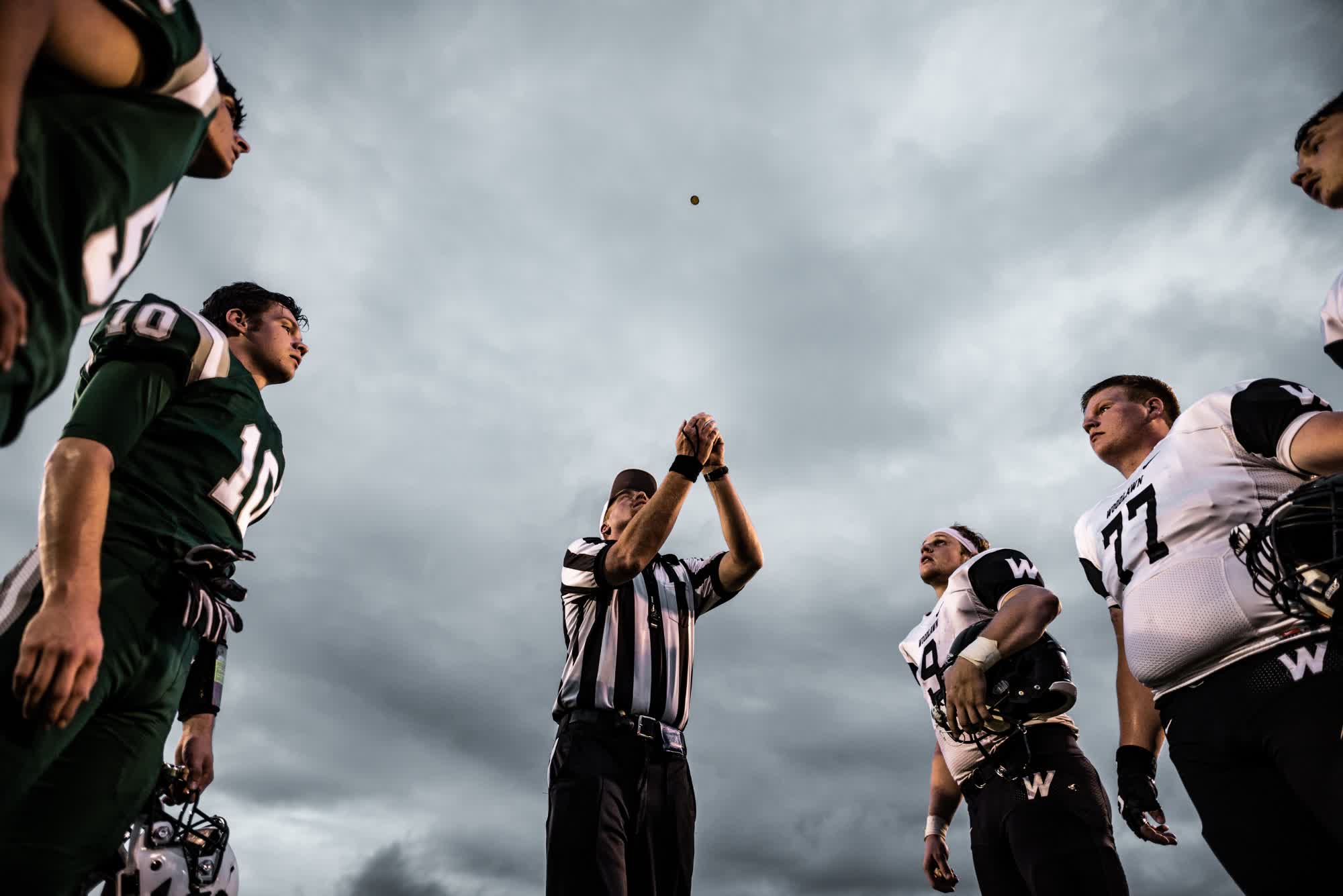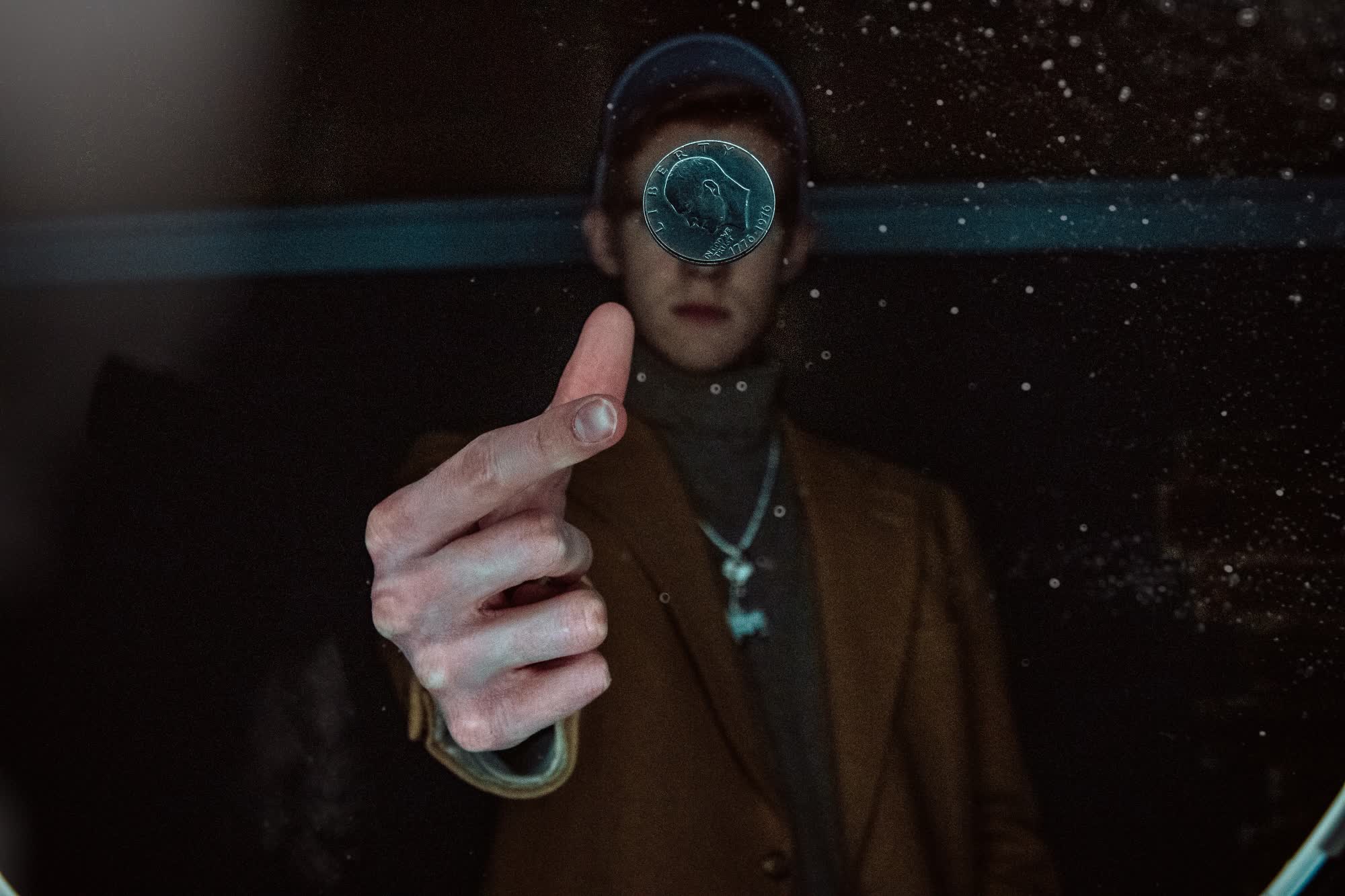The big picture: Coin tosses have been used for centuries as a fair and unbiased way of deciding between two options, and some important decisions have been based on the flip of a coin. The game of chance was used to determine which of the Wright brothers would attempt powered flight first in 1903, and it 1959, a coin toss decided who would get the last seat on Buddy Holly's ill-fated plane.
Assuming fairness across the board, there's a 50 / 50 chance of the flipped coin landing on heads or tails, right? Well, it is not that straightforward.
Researchers from across Europe recently conducted a study involving 350,757 coin flips using 48 people and 46 different coins of varying denominations from around the world to weed out any physical design bias. The team found that more often than not (50.8 percent of the time), a coin landed on the same side it started.
Data revealed a considerable between-people variation in the degree of same-side bias. When the initial side-up is randomly determined, however, the coin was indeed equally as likely to land on heads or tails.

The study validates a previous model of human coin tossing developed by Diaconis, Holmes, and Montgomery (DHM) from 2007. According to the DHM model, the coin has a higher chance of landing on the same side it started because it spends more time in the air with the initial side facing up.
The same-side bias probably won't have much of an impact on impromptu coin flips but in certain scenarios, it could factor into the outcome in a meaningful way. In a betting scenario where you bet one dollar on the outcome of a coin toss in which you know the coin's starting position, and repeated the bet 1,000 times, you would earn $19 on average.
The next time you find yourself in a coin-flip situation and want to make it as fair as possible, be sure that the starting position of the coin is concealed from all participants.
Image credit: Coca Kola Lips, Andy Henderson
